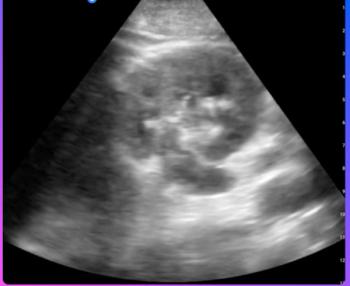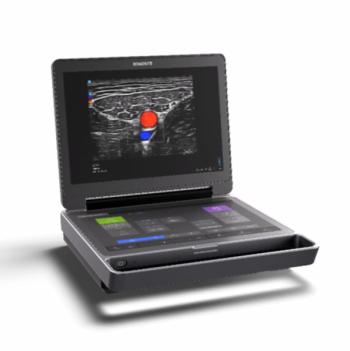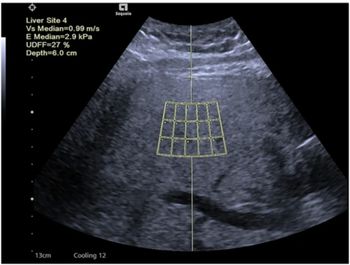
New Criteria For Ultrasound Use In Assessing Nonviable Pregnancies
New diagnostic thresholds for ultrasound use in pregnancy may help avoid inadvertent harm to fetus.
New criteria for use of ultrasonography in determining when a first trimester pregnancy is nonviable have been issued by a panel of experts and published in the
Fifteen experts from the fields of radiology, obstetrics-gynecology, and emergency medicine made the recommendations to help avoid the possibility of physicians causing inadvertent harm to a potentially normal pregnancy.
Some key points:
· In order for a pregnancy to be diagnosed as nonviable in the first trimester, the embryo must measure at least seven millimeters without a heartbeat, up from previous accepted measurement of five millimeters.
· The standard for nonviability based on the size of the gestational sac without an embryo should be raised from 16 to 25 millimeters.
· The commonly used “discriminatory level” of the pregnancy blood test is not reliable for excluding a viable pregnancy.
In addition, the panelists cautioned that there is no rush to diagnose a miscarriage and that physicians should be careful to avoid any actions that could damage in intrauterine pregnancy based on a single blood test, if the ultrasound findings are inconclusive, and the woman is stable.
“These are critical guidelines and will help all physicians involved in the care of the emergency patient,” panelist Michael Blaivas, MD, said in a release. “They represent an up-to-date and accurate scientific compass for navigating the pathway between opposing forces felt by the emergency physician and his or her consultants who are concerned about the potential morbidity and mortality of an untreated ectopic pregnancy in a patient who may be lost to follow-up, but yet must ensure the safety of an unrecognized early normal pregnancy.”
Blaivas is an emergency medicine physician affiliated with the University of South Carolina.
Newsletter
Stay at the forefront of radiology with the Diagnostic Imaging newsletter, delivering the latest news, clinical insights, and imaging advancements for today’s radiologists.




























